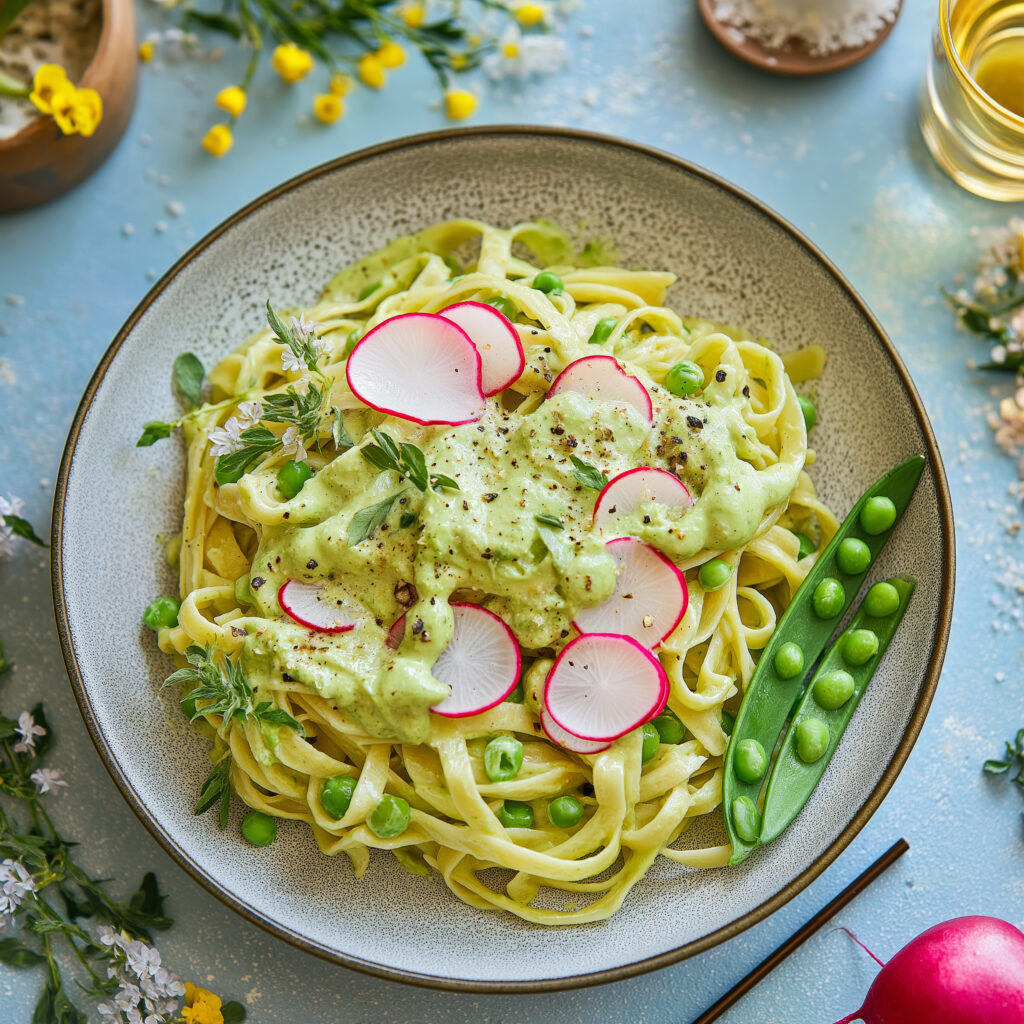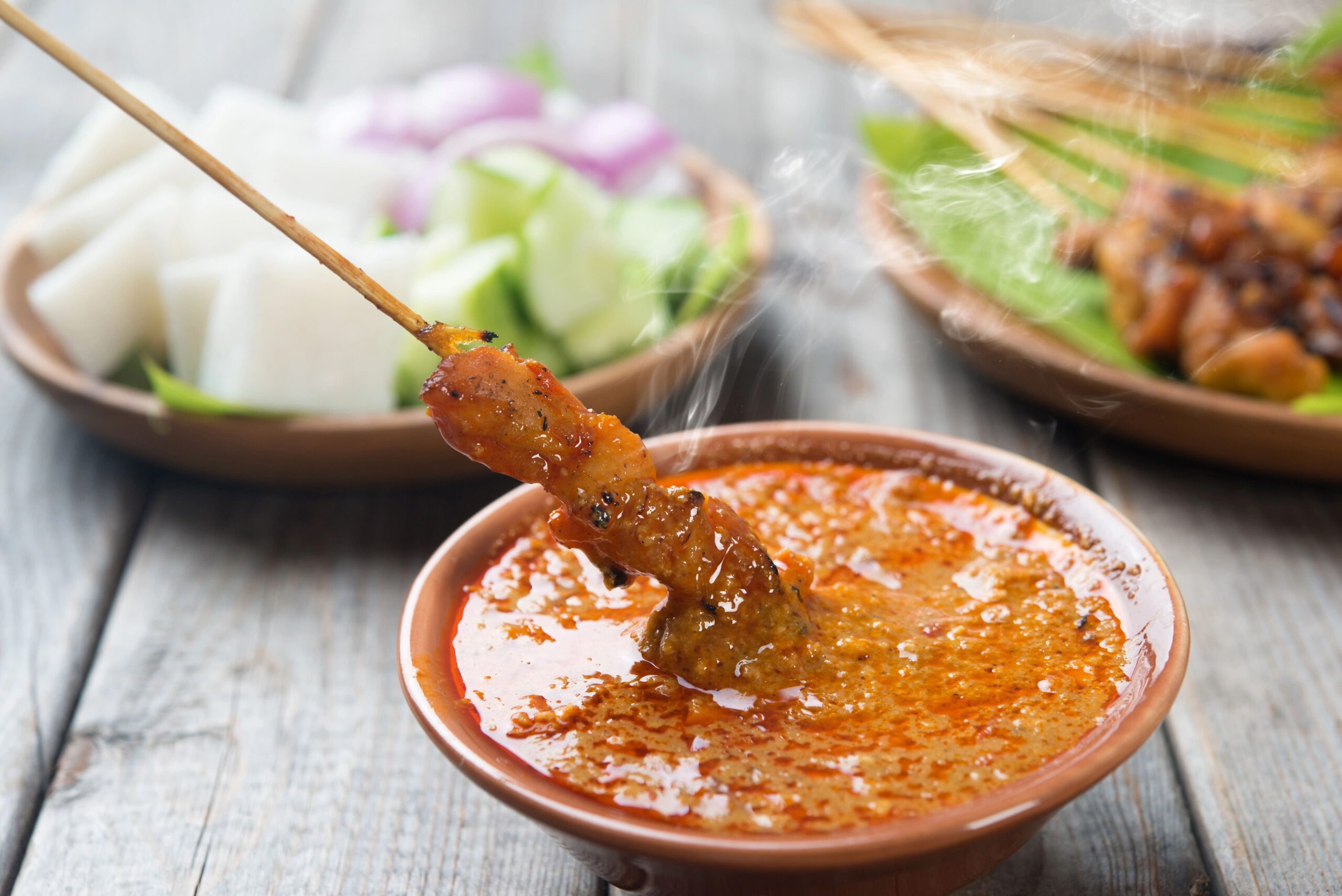Classic sauces aren’t what they used to be. From miso creamy alfredo to harissa-flavored marinara, American chefs are turning traditional palates into spicy, smoky, and zesty fusions. With a dash of South Asian spices, West African sauces, and Korean pastes, a boring everyday meal is turned into a flavorful and adventurous experience.
Research shows that Gen Z and millennials are now more open to trying out new cuisines, flavors, and fusions that mix classics with traditions. They should tell a story or follow a trend to spike their interest.
With the rise of social media platforms and traveling, American adults want cross-cultural culinary flavors. Most of these sauce reinventions are also influenced by immigrants or “third-culture kids” from Asia, Latin America, and Africa who have introduced new ingredients, condiments, and cooking methods.
In this article, we’ll discuss how chefs and food brands are now blending traditional sauces like Alfredo and Marinara with global cuisines to cater to the diverse palates of today’s consumers.
Global Flavor Infusions: How American Chefs are Reinventing a New Era of Sauces
From Shanghai-style meatballs to curry mac and cheese, even the most familiar dishes have a global flavor fusion. Viral trends on TikTok and Instagram encourage young consumers and chefs to experiment with cross-cultural flavors.
Here’s how American chefs are reinventing classic sauces to meet globally inspired flavor trends:
Harissa-Spiced Marinara
Harissa is a North African chili paste made from sun-dried chiles, garlic, olive oil, and aromatic spices like cumin and coriander. When combined with marinara’s tangy base, the harissa-spiced marinara brings a smoky heat to pasta dishes, pizzas, and dipping sauces.
Turmeric and Lemongrass Twists
Lemongrass turmeric paste is gaining popularity as a quick flavor boost for pasta, fried rice, and chicken dishes.
For example, Tangy Turmeric Lemongrass Chicken is a Malaysian-inspired dish. The chicken is cooked with fresh turmeric and lemongrass, resulting in an aromatic and zesty flavor. It’s often served with steamed rice, making it a comforting yet exotic option for American diners.
Thai Basil Enhancements
Thai basil has a unique anise-like aroma and peppery taste that offers a refreshing twist to traditional foods. A popular dish is Thai basil pesto pasta, where traditional Italian basil is replaced with Thai basil. This pesto combines garlic, baby spinach, and Parmesan cheese.
Many chefs and home cooks are adding Thai basil to classic bases, adding a fresh, herby dimension that complements any richness of the sauce.
Gochujang and Kimchi
Gochujang, a fermented Korean red chili paste, brings a spicy, savory, and slightly sweet flavor to sauce.
Kimchi, a staple in Korean cuisine, adds a tangy and spicy element to sauce. Sautéing kimchi with garlic and onions before mixing it into the sauce results in vibrant and flavorful pasta.
Chutney-Inspired Sauces
Chutneys, traditional Indian condiments, are being adapted into versatile sauces in the U.S. For instance, green chutney can be thinned to create a zesty salad dressing or marinade, while tamarind chutney adds a sweet and tangy flavor to glazes and dips.
Curry Ketchup
A blend of classic American ketchup with Indian curry spices, this condiment adds a tangy and spicy kick to burgers, fries, and sandwiches. Brands like Brooklyn Delhi have popularized this fusion, offering products that combine familiar tastes with exotic flavors.
The Rise of Plant-Based Food Fusion: Meeting Dietary Shifts
Around 1 in 5 Americans prefer plant-based, vegetarian, or vegan diets. Chefs and home cooks on TikTok and Instagram are introducing many innovative recipes that replace calorie-heavy creams with dairy-free or gluten-free ingredients.
Here are a few popular plant-based innovations this year:
Oat Milk Variations
Oat milk has become a go-to base for lighter, allergen-friendly Alfredo sauces. Its mild, slightly sweet flavor blends seamlessly with garlic, pepper, and nutritional yeast or dairy-free cheese to create a creamy, pourable sauce without the fat of traditional cream.
Coconut Cream Integrations
Coconut cream, widely used in Southeast Asian and Caribbean cuisines, has found a new role in plant-based sauces. In pasta sauces, it’s being blended with tomato bases to create creamy, globally inspired fusions.
Some examples include Creamy Tomato Coconut Pasta, Sun-Dried Tomato Coconut Pasta, and Tomato Coconut Sauce.
Protein Substitutes
Many consumers want vegan-rich protein and meat substitutes for a balanced diet and sustainability. Ingredients like silken tofu, tempeh, pea protein, and even lentil blends are used in creamy sauces and pasta fillings. Although these plant-based products might taste bland individually, chefs combine traditional spices to create new flavors.
But these flavors are used beyond just traditional pasta sauces. Many people use these premade sauces for pizza bases, dipping sauces, flatbreads, wraps, and grain bowls, as well.
Why This Appeals to Gen Z and Millennials: Flavor Exploration and Authenticity
Gen Z and Millennials are more likely to follow specific diets and are heavily influenced by social media when it comes to trying new foods. The same survey referenced above shows that 85% of participants consider taste to be a deciding factor for food and beverage purchases, followed by price (76%) and healthfulness (62%).
Many young adults are willing to taste new fusion flavors combined with their favorite cuisines. For example, there’s a viral trend of Chamoy Pickle, a Mexican pickle where dill pickle is soaked in a red-colored chamoy sauce. This is better than traditional pickles as many people are eating it with candies, crisps, and fruits for experiments.
Foods like these may seem like coincidental discoveries, but some are well-researched flavors that many chefs and flavorists work on. These flavors have lighter textures, fewer dairy ingredients, and better-for-you fats that highlight the fusion of heritage with innovation.
When Classics Meet Fusion: A Market Opportunity for Brands
Many traditional brands have brought new fusion tastes to their popular products as consumer preferences change. But not all have been successful.
Consumers want more flavors that feel personal, like a reminder of childhood, their heritage, or global trips. The food should make sense culturally and emotionally.
To meet this high demand, R&D teams, food service buyers, and CPG developers need to understand how taste, nutrition, and cultural relevance work together. This is because many Gen Z or millennials follow well-known chefs or home cooks who are good at storytelling or have successful recipes.
Giraffe Foods works with R&D teams and food developers to bring globally inspired sauces to life based on food and beverage traditions. As a partner, we help brands develop palates that taste good and are plant-based and culturally rooted.
Our team uses natural ingredients and tailor-made solutions to meet consumer demands for great-tasting products that support their health and nutritional goals.
Want to know more about how we can help you reinvent classics with globally inspired fusion flavors? Contact us here.




